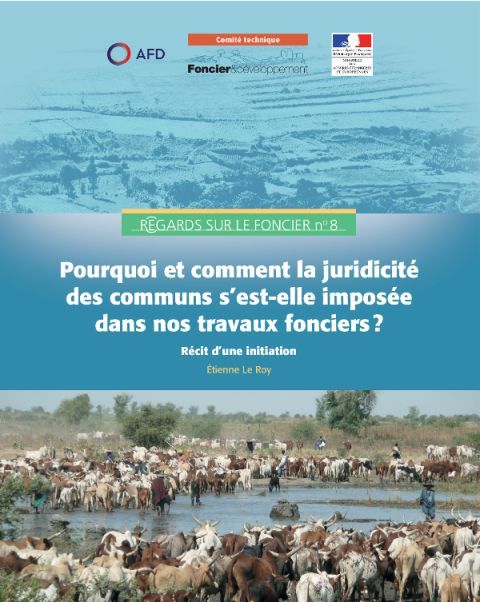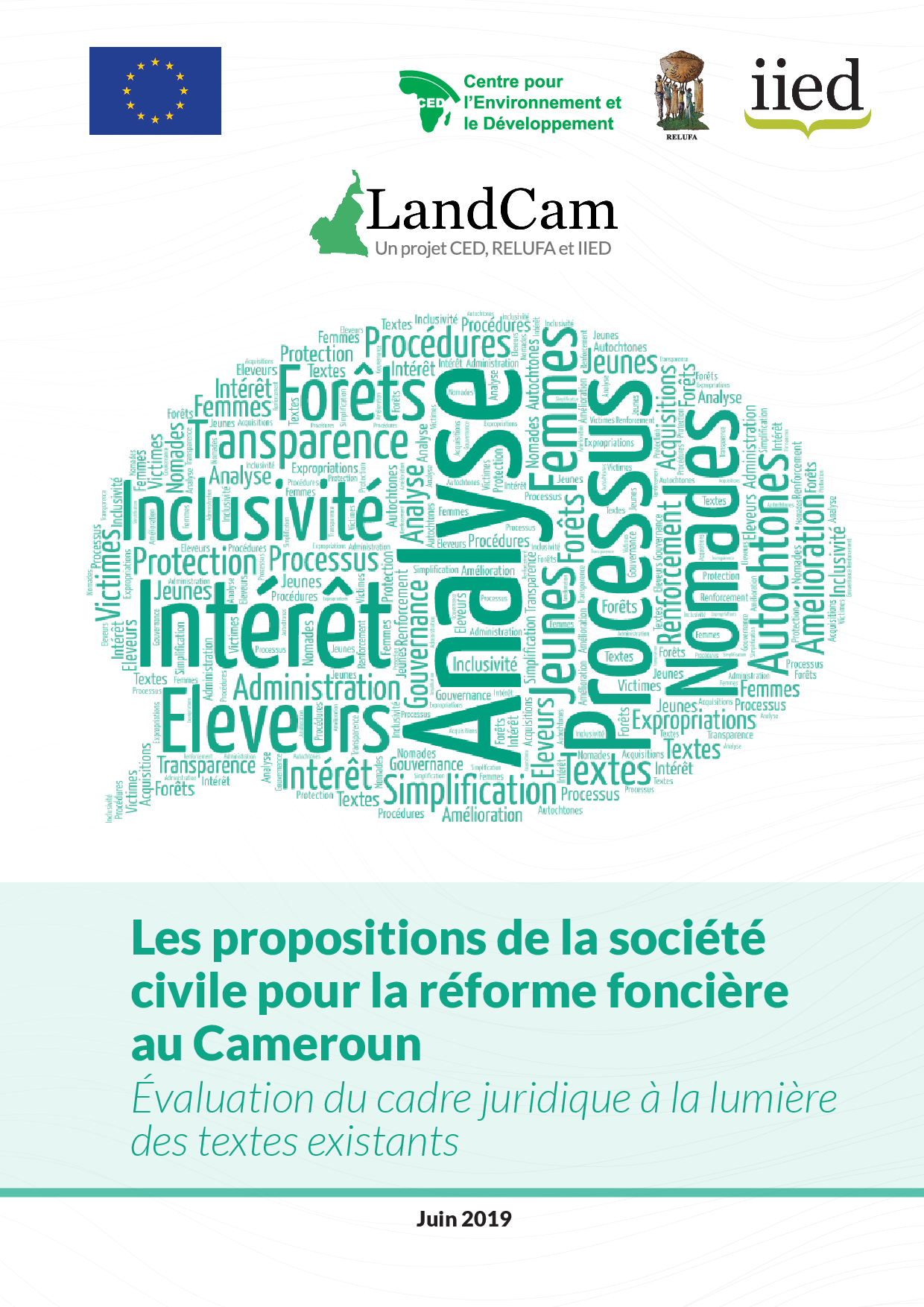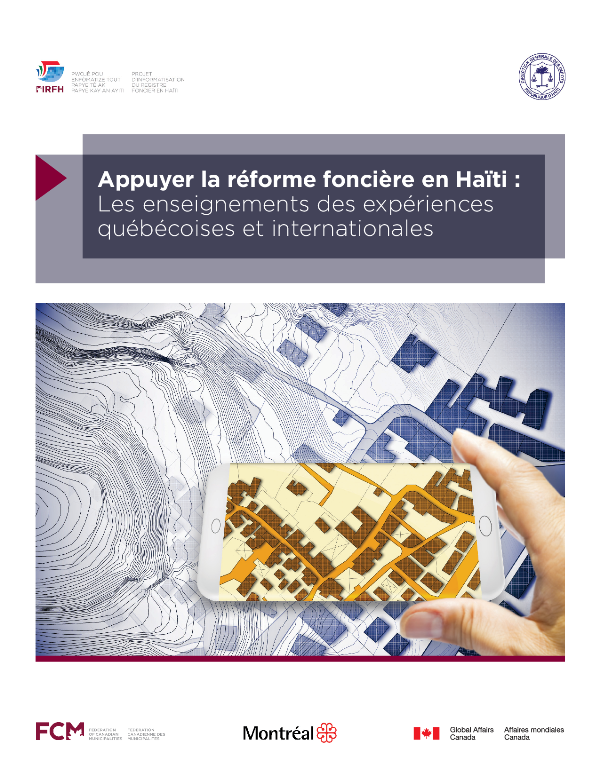Land Restitution in Postconflict Burundi
With the end of the civil war in Burundi, the government began a transitional justice process to consolidate peace and deal with the legacies of past violations. Part of the transitional justice work in the country has been restitution of land and other property – a process that has provoked further violence and, to some extent, threatened national unity. Political elites have hijacked the land restitution process in a way that has shaped land conflicts on the ground and affected national politics.








